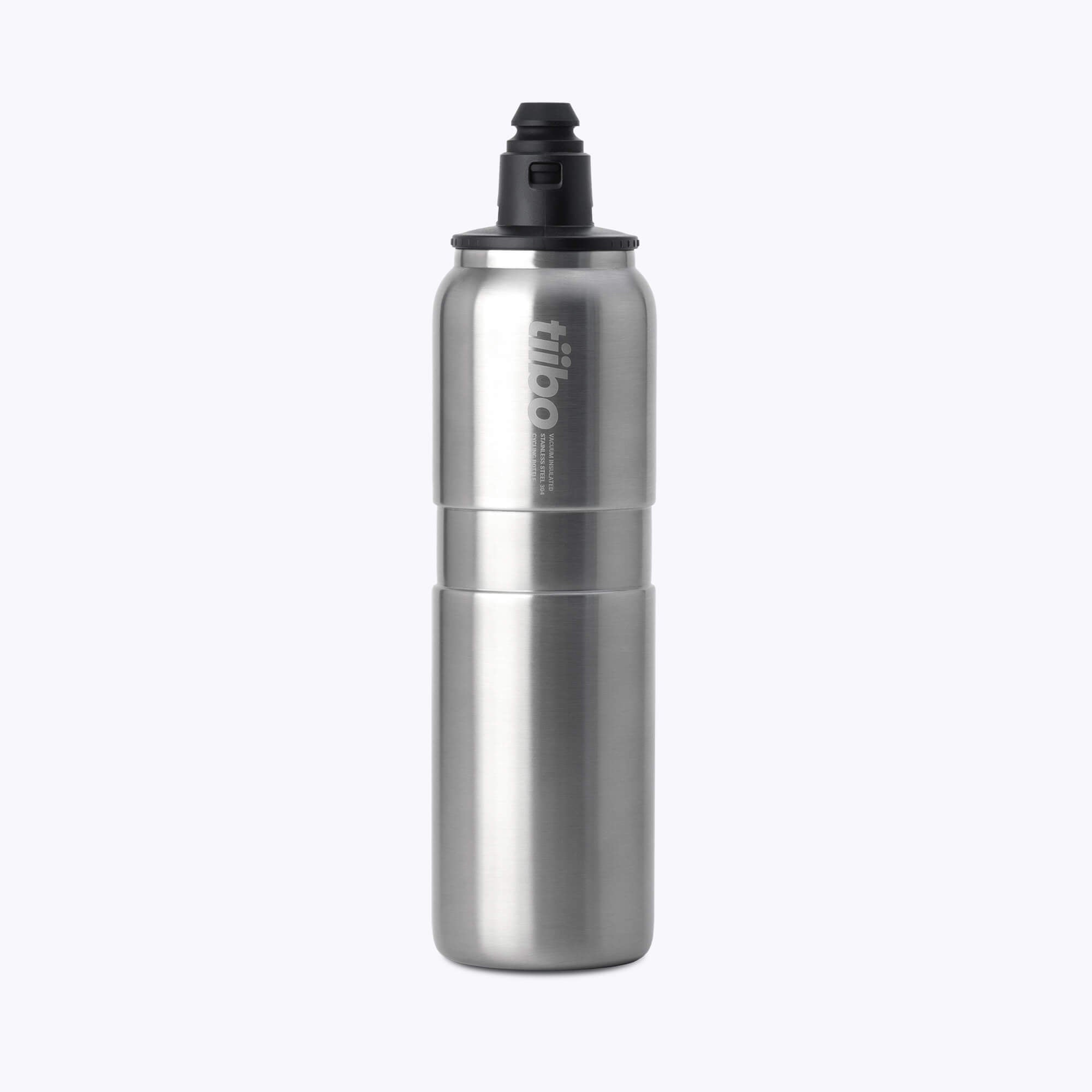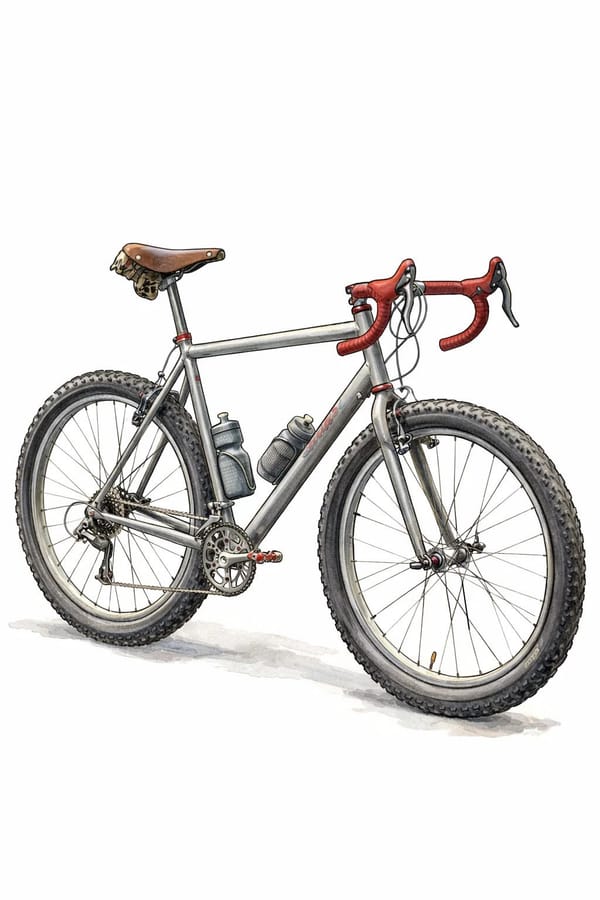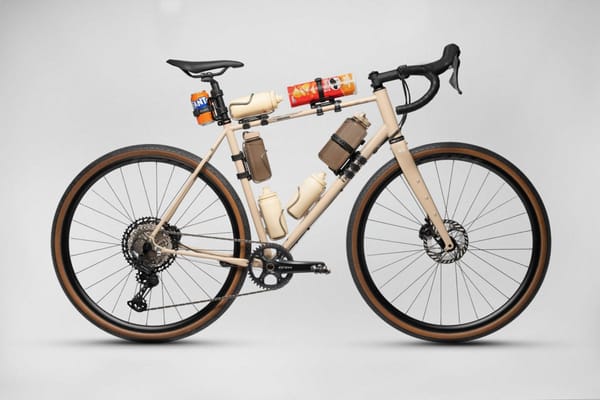The End of Lukewarm Rides: My Review of the tiibo Insulated Bottle
Tired of warm, plastic-tasting water on your rides? Our in-depth review of the new tiibo insulated stainless steel cycling bottle covers its performance, value, and key competitors.
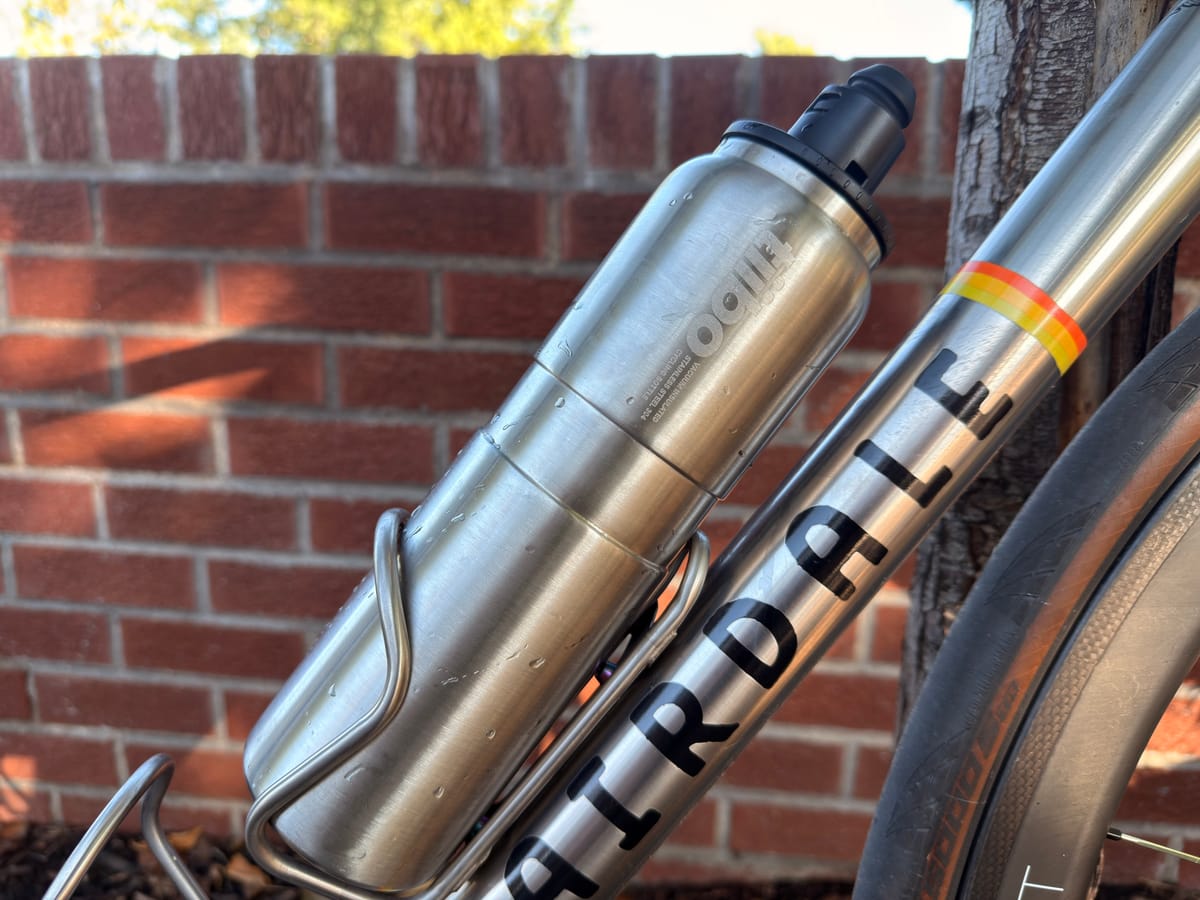
Are you a cyclist if you don't have a cabinet overflowing with plastic water bottles? They’re the ubiquitous swag item from races, charity rides, and shop events—so common they’ve become disposable (I take at least 10 to ARC each year). But for all their convenience, they share two universal flaws: on a hot day, your water turns unpleasantly warm within an hour, and it almost always carries a faint, lingering taste of plastic or last week's electrolyte mix.
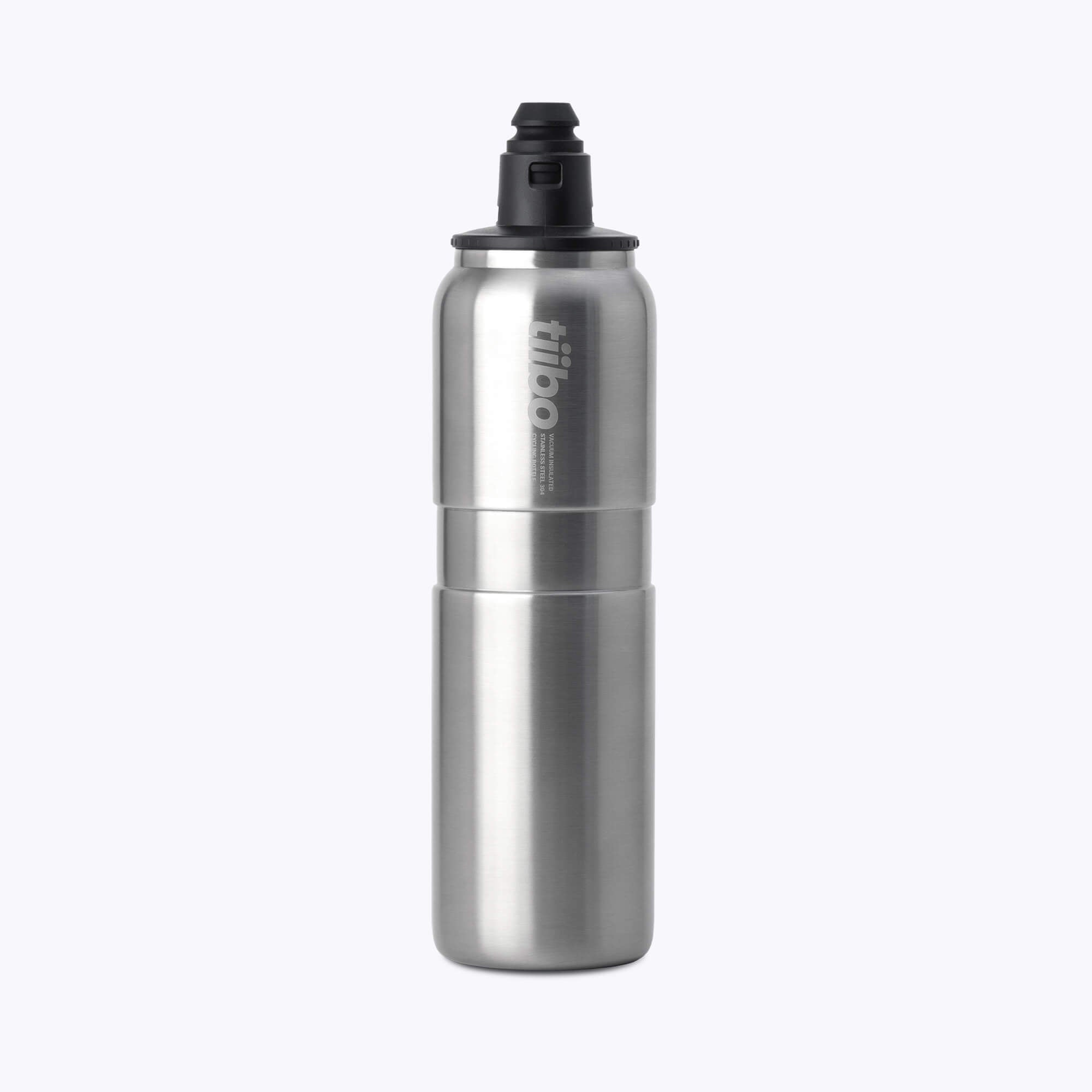
The cycling world has been ripe for a solution, and the market is responding with a surge in stainless steel water bottles. These aren't just your standard metal containers; they're engineered for performance, durability, and a cleaner drinking experience. Brands like Bivo and Camelbak have paved the way, and now a new contender, tiibo, has entered the scene with its own take on the ultimate cycling bottle. I got my hands on their 23-ounce insulated bottle to see if it really could spell the end of the lukewarm ride.
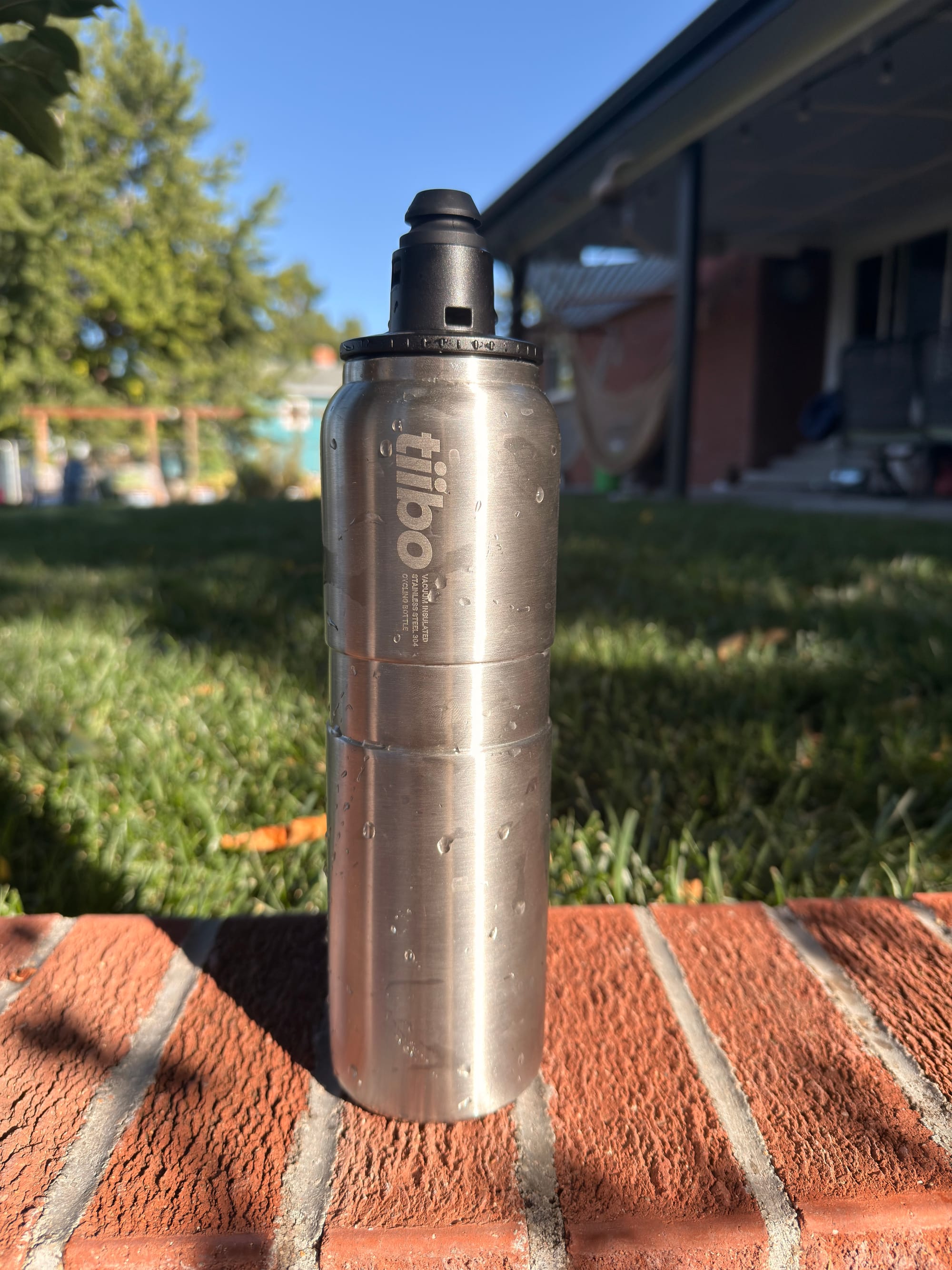
Why Go Steel? The Shift Away from Plastic
The move toward stainless steel is about more than just aesthetics. It represents a fundamental upgrade in how we hydrate on the bike. The primary advantages are clear:
- Temperature Control: Double-wall vacuum insulation is the star of the show. Unlike a single-wall plastic bottle that offers zero protection from the sun, an insulated steel bottle can keep your drink refreshingly cold for hours.
- Purity of Taste: Food-grade stainless steel is non-porous, meaning it doesn’t absorb flavors or odors. The water you put in is the water you taste, ride after ride, without any plasticky funk.
- Durability and Sustainability: While a premium steel bottle is an investment, its lifespan can far exceed that of a plastic bottle. This reduces long-term cost and, more importantly, cuts down on plastic waste.
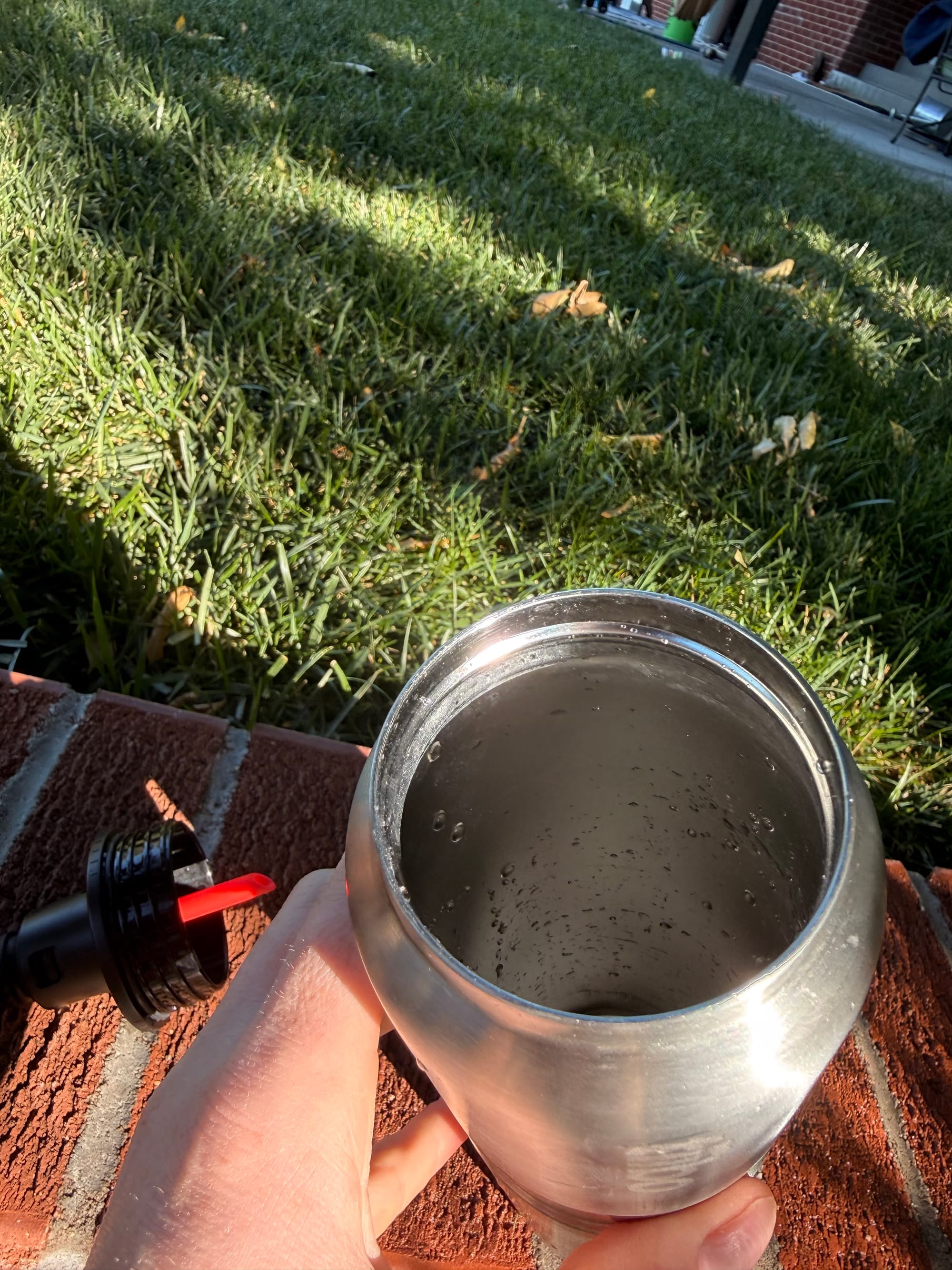
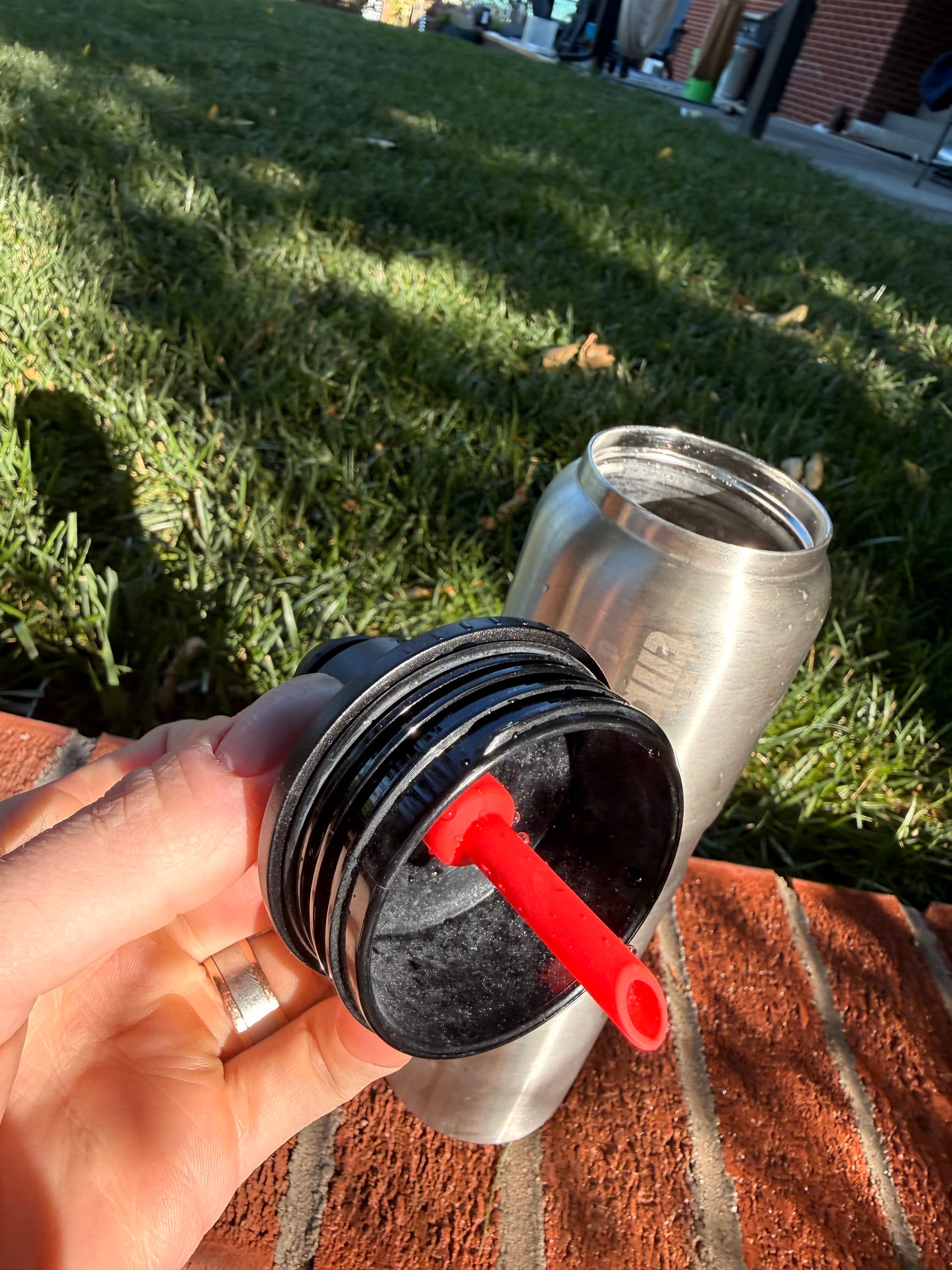
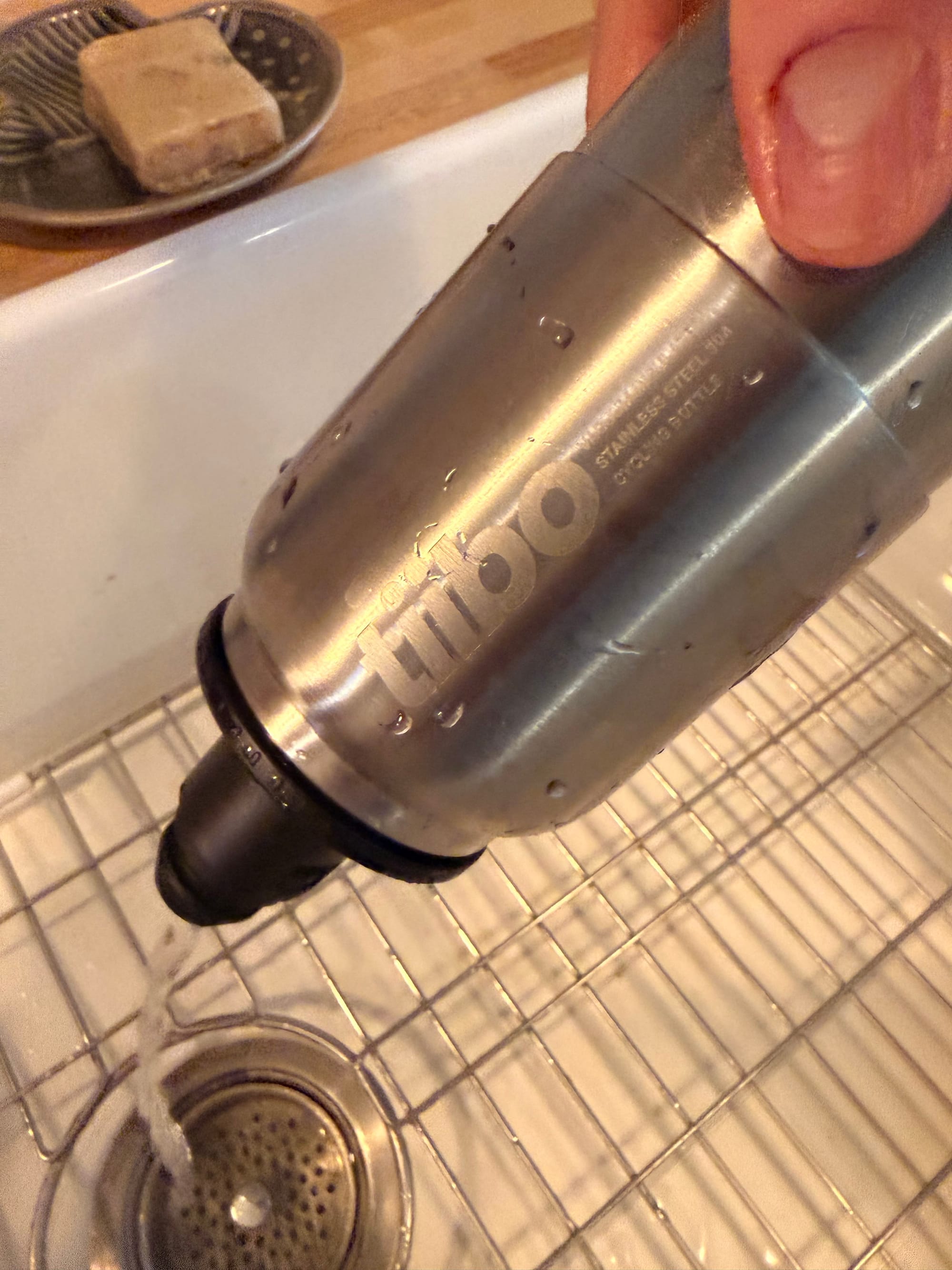
First Impressions: The tiibo Insulated Bottle Unboxed
The tiibo bottle makes a strong first impression with its sleek, brushed metal finish. It feels substantial and well-built, designed specifically with the cyclist in mind. Available in 17 and 23-ounce sizes, both are shaped to fit securely into a standard bottle cage.
The construction consists of food-grade 304 stainless steel for the body, while the lid is made from BPA-free polypropylene. Because you can’t squeeze a rigid steel bottle, hydration is delivered through a high-flow nozzle system. This gravity-fed design uses a food-grade silicone nozzle and an air-exchange tube that allows liquid to flow out smoothly and steadily as you tip it back. The bottle's opening is generously wide, making it simple to drop in ice cubes or clean the interior with a brush. For convenience, the company states it's safe for the top rack of your dishwasher.
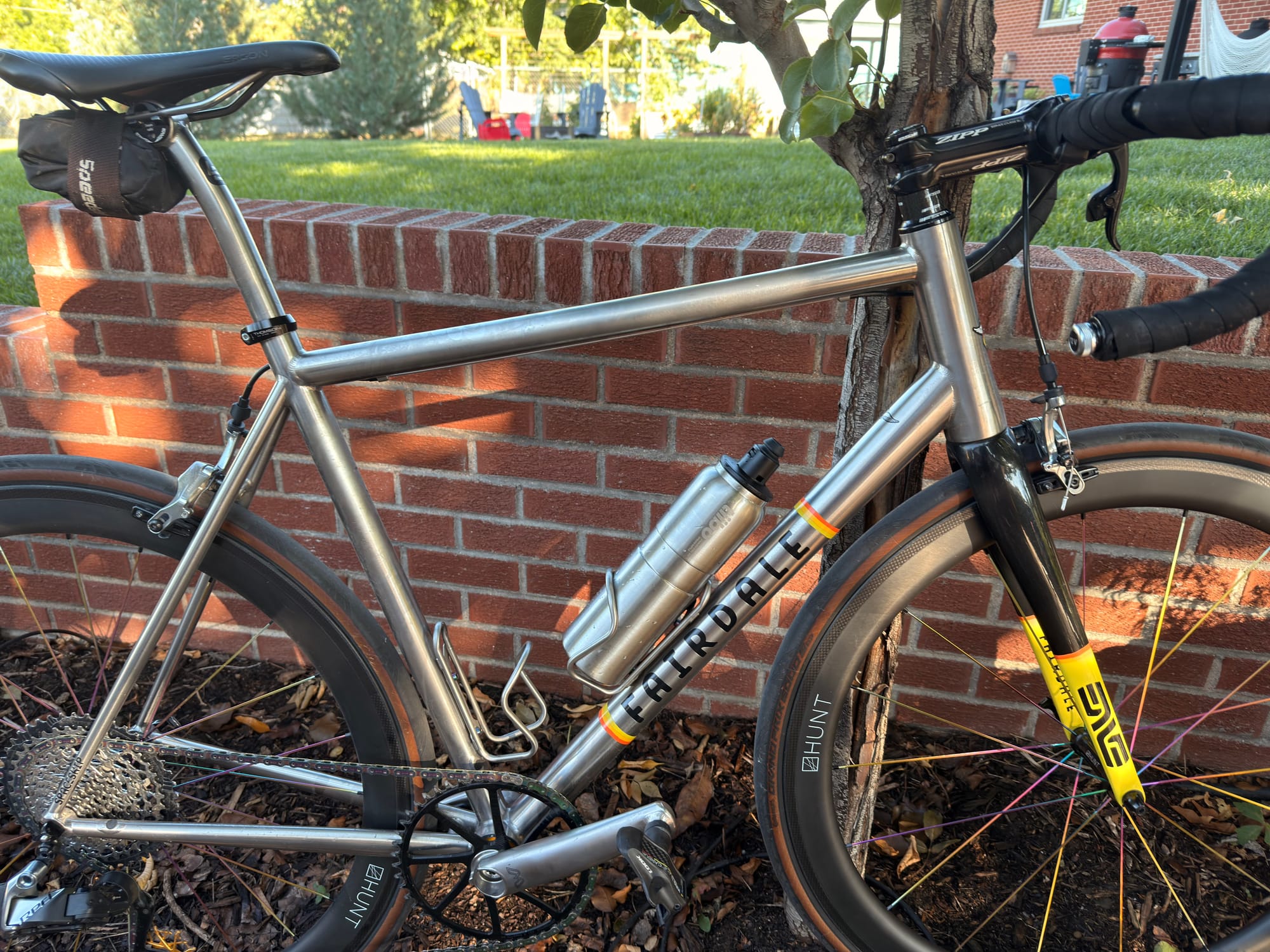
On the Road: Performance Under Pressure
A bottle's true test is out on the bike, and this is where the tiibo delivers on its promises. I tested it with a variety of standard bottle cages, including some Silca titanium cages, and found the fit to be snug and secure. There was no rattling on rough pavement or any hint of it ejecting unexpectedly.
The nozzle system is intuitive and effective. With the nozzle open, the air vent allows for a consistent, glug-free stream of water. You simply tip and drink. I experienced no leaks from the lid or the closed nozzle.
But what about its core function—insulation? The brand claims it can keep drinks ice-cold for over 12 hours. To put this to a real-world test, I filled the bottle with ice and water and set out on a hot summer ride, 100F in the air and a good 125F on the pavement. After three hours, the water was still ice-cold with plenty of ice remaining. My plastic bottle was hot after 45 minutes.
When it comes to cleaning, the lid system proved easy to maintain. The air vent tube and nozzle pop off the main lid, allowing for a thorough cleaning to prevent any hidden buildup.
The Inevitable Trade-Offs
No product is perfect, and the tiibo bottle shares the same drawbacks inherent to all insulated stainless steel bottles.
First is the weight. At 250 grams (for the 17oz model), it's more than three times heavier than a standard plastic bottle. If you're counting every gram for a race day effort, this is not the bottle for you. However, for training, commuting, or recreational rides where comfort trumps marginal gains, the weight penalty is easily justified by the benefit of cold water.
Second is the volume-to-size ratio. The double-wall insulation means the bottle is physically larger than a plastic bottle of similar capacity. In fact, the 17-ounce tiibo is noticeably bulkier than a 22-ounce plastic bottle. This could present a challenge on some full-suspension mountain bike frames or smaller road frames where space in the front triangle is limited.
Value and Final Verdict
Priced at $35 for the 17-ounce version and $39 for the 23-ounce version, the tiibo bottle positions itself very competitively. It undercuts similar offerings, coming in $9 cheaper than Bivo’s 17-ounce insulated bottle and $4 cheaper than Camelbak’s 18-ounce Podium Steel.
While the upfront cost is higher than a plastic bottle, its durability suggests a long-term value that throwaway bottles can't match. It’s an investment in a better hydration experience and a step toward more sustainable consumption.
Ultimately, the tiibo Stainless Steel Insulated Bottle works exactly as advertised. It delivers refreshingly cold water hours into a hot ride, offers a clean and pure taste, and is built to last. For the cyclist who has accepted warm, plastic-tasting water as an unavoidable part of summer riding, this bottle is a revelation. It might not be your go-to for race day, but for every ride in between, it’s a simple upgrade that dramatically improves the experience.
